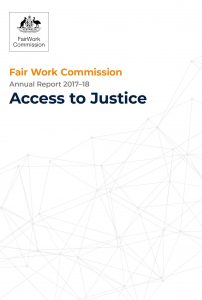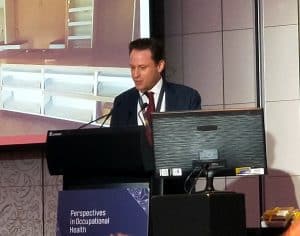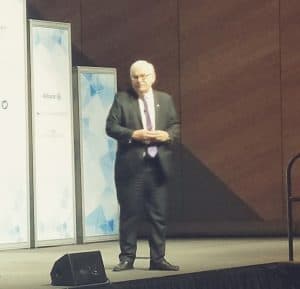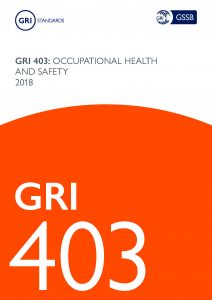 Australia has been told for a long time that workplace bullying was an epidemic. Recent data seems to indicate that workplace bullying is a persistent problem which, to some extent, has blended into the miasma that is work-related mental health. The Fair Work Commission released its 2017/18 Annual Report on October 18 (not yet online) adding further doubt to the epidemic claims.
Australia has been told for a long time that workplace bullying was an epidemic. Recent data seems to indicate that workplace bullying is a persistent problem which, to some extent, has blended into the miasma that is work-related mental health. The Fair Work Commission released its 2017/18 Annual Report on October 18 (not yet online) adding further doubt to the epidemic claims.
Below is a comparison graph (page 19) of FWC activity which shows 721 applications concerning workplace bullying. It is ninth in the list of FWC activities.

 Rumours of a TV report on the increasing hazards of silicosis have floated around for a week or so. On October 10 2018, the show appeared on the Australian Broadcasting Corporation’s
Rumours of a TV report on the increasing hazards of silicosis have floated around for a week or so. On October 10 2018, the show appeared on the Australian Broadcasting Corporation’s  Many have been claiming that the era of neoliberal economics and the associated politics is over or, at least, coughing up blood. However, occupational health and safety (OHS) is rarely discussed in terms of the neoliberal impacts, and vice versa, yet many of the business frustrations with red tape, regulatory enforcement strategies, reporting mechanisms and requirements and others have changed how OHS has been managed and interpreted.
Many have been claiming that the era of neoliberal economics and the associated politics is over or, at least, coughing up blood. However, occupational health and safety (OHS) is rarely discussed in terms of the neoliberal impacts, and vice versa, yet many of the business frustrations with red tape, regulatory enforcement strategies, reporting mechanisms and requirements and others have changed how OHS has been managed and interpreted.

